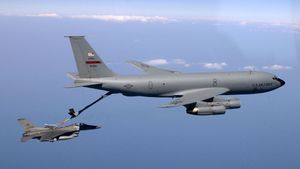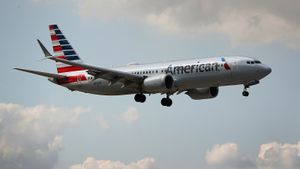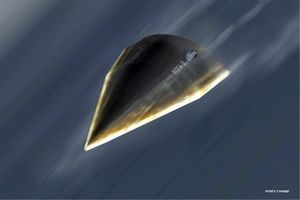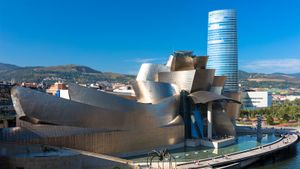For all its record-breaking size and capacity, the A380 brings some important questions to mind. Where can it land? What airport can handle 800 people getting on and off one plane? Can airlines really sell enough tickets to fill one to capacity?

Photo courtesy Airbus SAS
The A380 proposes a challenge to existing airports.
|
It's true that not every airport can handle the A380's enormous bulk, but the problem isn't with runways. Extensive testing showed that the weight of the plane would not cause too much extra stress on runways. In fact, the A380 uses more landing wheels than other large jets, so each wheel actually transmits less weight to the runway than some other aircraft. Most major runways are long enough for takeoff and landing procedures, though some are not quite wide enough (the A380's engines would hang over the edges slightly). Taxiways do need to be widened to accommodate such a large craft.
The bigger issue is terminal space. There just isn't enough space to park an A380 at most airport terminals. In order to smooth the process of getting such a large number of people on and off a plane, Airbus put in two entryways. Therefore, two gangways extending from the same terminal are needed. Only a few airports are equipped with this sort of setup. Even if the airport itself is built to take on large planes, the process of ticketing, checking luggage for and security screening so many people can be a logistical nightmare for airports. The A380 is aligned to serve international flights, which leaves little doubt that lines at customs and immigration will be very long for those passengers. If weather or scheduling problems forces two or more A380 to arrive somewhere at the same time, airports estimate it could take almost a day for every passenger to be processed and find their luggage. Similar problems were encountered when the 747 was first introduced.
Airbus says its focus is on linking major international hubs such as London and Hong Kong, not on reaching every major airport. The A380 will also find uses in shorter trips in Japan. The population density of the island nation means even short routes are regularly filled to capacity.
Some (notably Boeing, for obvious reasons, but environmental groups and airline industry experts, as well), have questioned whether the A380 will be as cost-effective as Airbus claims. Airbus' efficiency numbers depend on full loads of passengers. Even a few empty seats on a such a huge plane can really eat away at an airline's profit margins, as well as the plane's emissions-per-passenger numbers.
|
Boeing Goes Its Own Way
Instead of competing with Airbus in a "giant plane" race, Boeing has reacted to tough times in the airline industry with a new focus on efficiency. Boeing feels that huge planes serving major hubs can be inconvenient to travelers and expensive for airlines. Providing more flights (with fewer seats per flight) to a wider variety of airports can give both airlines and passengers what they want. To that end, Boeing has developed the 787 (formerly known as the 7E7), a medium-sized plane with a capacity of about 250 passengers. About half of the plane will be made with lightweight composite materials, which, combined with newer engines and aerodynamics, will result in one of the most fuel-efficient aircraft in the sky, according to Boeing. In addition, the 787 will be capable of Mach .85, and it won't require any airport modifications. Boeing plans to debut the 787 in 2008.
|
For more information on the Airbus 380 and related topics, check out the links on the next page.




























